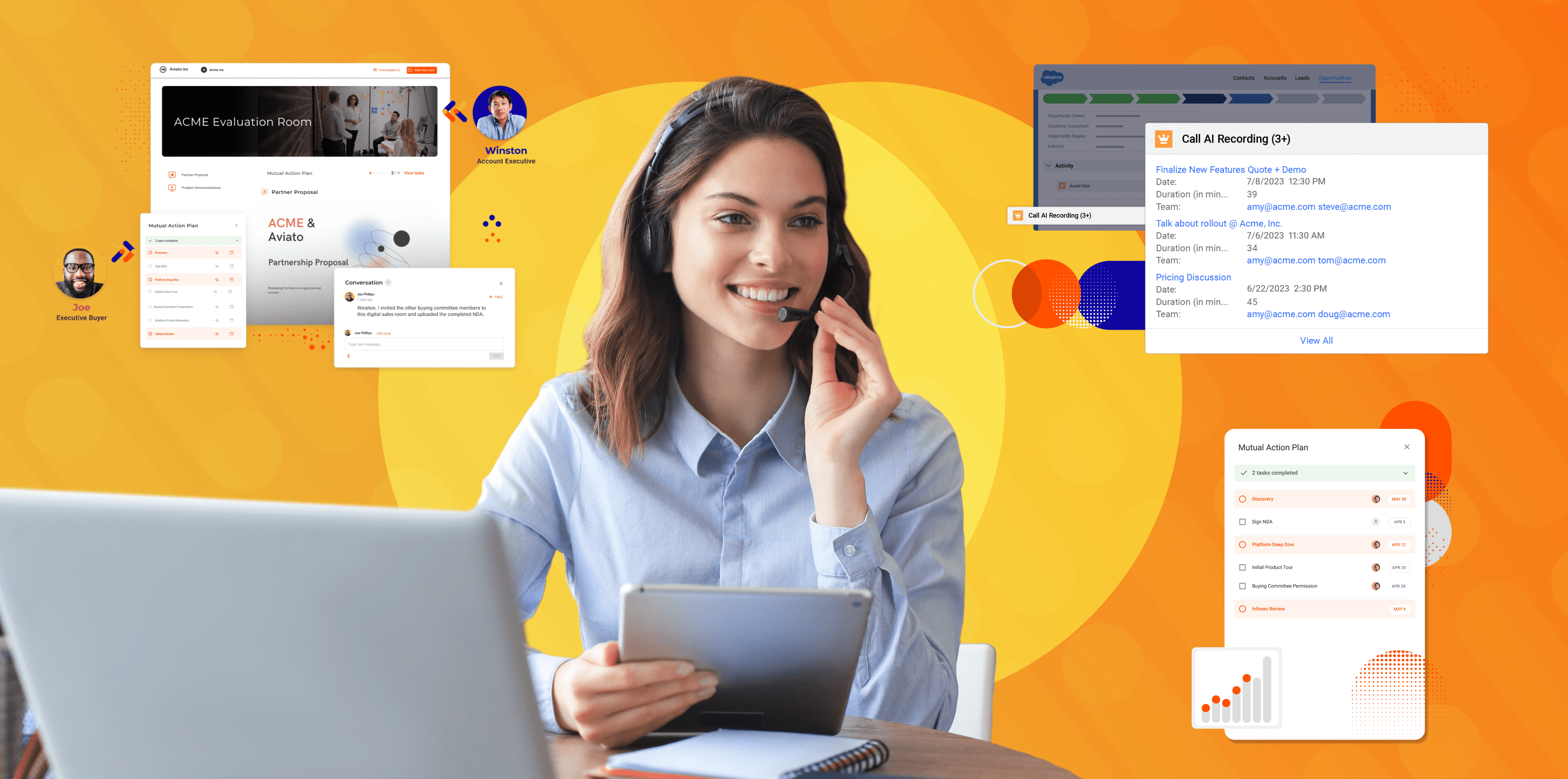Remember when you were in high school and you sat at the same desk every day listening to your teacher lecture for hours on end? When you would look at the clock, and time seemed to have stood still? You felt trapped, disconnected, and weren’t truly absorbing or retaining the material.
Don’t you just hate that you have to go through that even at your workplace? Don’t you wish that you were not reminded of those boring, unidirectional and inefficient lectures, when you were undergoing training in your job?
There is. It is called blended learning.
Blended learning combines internet based learning with face-to-face learning in order to create a personalized and engaging learning experience. It has the potential to decrease training costs, increase employee engagement with training, and adapt to the individual needs of each employee.
Why Blended Learning Works
There are benefits and limitations to both offline and online learning. Blended learning works because it picks and chooses the best elements of both and minimizes their shortcomings.
|
Benefits & Limitations of Face-to-Face Learning |
Benefits & Limitations of Online learning |
| – Engaging and demands focus | – Practically unlimited resources |
| – Allows teacher to work directly with student |
– Allows for personalized pace and content control |
| – Teacher must cater to the entire group’s pace |
– Can be easy for student to disengage |
| – Participation is limited by lack of resources |
– Limits personal interaction with other students |
Blended learning should try to capture both the engagement of face-to-face learning and the convenience and diversity of online learning.
5 Elements Every Blended Learning Program Needs
1) Your first training session should be face-to-face. An in-person meeting allows you to set the expectations of training and introduces employees to their instructor in a personal setting, instead of interacting with an online form on the first day of training. If you cannot have a face-to-face session, then you should use a video chat for your first training session.
2) Differentiate content, and content delivery. Don’t fall victim to routine. One of the reasons blended learning is great is that it is exciting and different. If you deliver all of your online content in powerpoints, you are going to lose some of the effectiveness of the program because employees will quickly become bored. The internet is full of resources, so make sure to take advantage of them in order to make your online content interactive and diverse. It’s also important to consider which parts of the curriculum require more feedback than others and consider delivering these lessons in person.
3) Offer choices and personalization. Blended learning allows us to address the needs of individuals by giving them control over their learning. Some people require a lot of one-on-one time with the instructor, while others need very little feedback. Try to find multiple ways to make content and feedback available. Having a forum where employees and instructors can communicate asynchronously is a great way to increase feedback if instructors cannot meet in real-time. For real-time online feedback, consider chat rooms or skype. Also, consider offering both online and offline lessons and letting employees choose how they wish to learn.
4) Synchronize Online. This is important to avoid employees from disengaging with the online portion of the training. By having mandatory online discussions and meetings, you increase online accountability and engagement. There are lots of tools that allow people to work in real-time online such as Google Drive/Google+.
5) Split employees into small groups. Even if the instruction is being delivered online, it is better to have smaller groups because it allows the instructor to give more feedback and address employees directly. Furthermore, small groups are great for case studies, discussions, and projects. Groups also add another layer of accountability, and it is easier to synchronize and meet online with a small group rather than a larger group.
The world has gone digital, but there is still a lot to be said for face-to-face to learning, so take advantage of both with Blended Learning!









